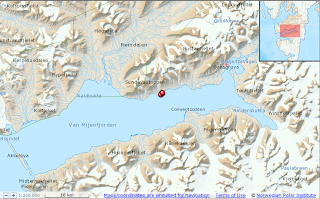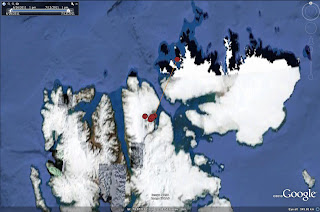Your blogger have been absent the pasts
months because I´ve been busy with other duties and fairly little has happened
with the satellite transmittered geese. We have lost contact to most, either
because they have fallen off or because we have programmed them to download
more GPS positions than they actually can manage with the solar power provided
by short winter days around the North Sea.
Status for our eight geese caught in
spring 2011:
Ebbe:
we still follow. The only goose who has an active transmitter a year after
capture. He flew to Svalbard, tried to breed on a nunatak in northeast
Spitsbergen, failed and flew to Nordaustlandet to moult. Flew to Lindisfarne to
winter. It is uncertain exactly when he returned to Denmark – because we had no
signakls between 21 October 2011 through 1 March 2012, but 2 March he was back
in the surroundings of Boddum in the western Limfjord area. These movements by
3 May 2012 involves an annual journey off approx. 10,000 km. The maps gives the
whole route – where the yellow line shows the spring and moult migration
routes, and the blue gives the autumn and winter flights.



































